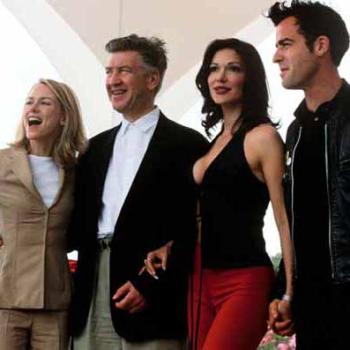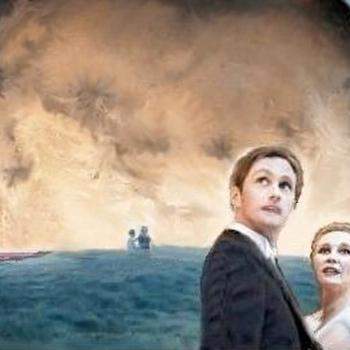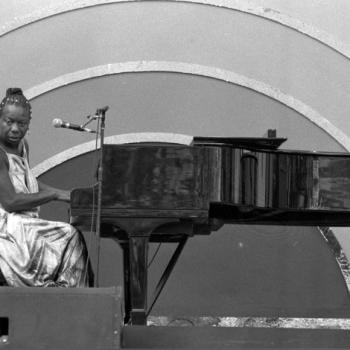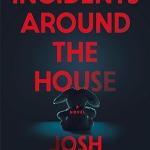
Modern Rap And Hip-Culture in a deconstructed sense
My partner recently defended the concept of modern pop culture rap and hip-hop songs as a more layered and elegant example of music. This went as far as saying classical is more primitive than other types of music. I felt that his thesis that, “WAP,” by Cardi B was more layered and complex than a classical piece by Beethoven was strange yet interesting to me. Elegant was a misnomer to describe anything, really, was his ultimate assessment.
What is elegant? A subjective experience that some categorize with music, art, food or clothing. I feel elegant can be something just as rough, hated even, with the same level of refinement as anything else.
I almost had an initial reaction of direct offense. I wanted to say classical was layered, with its many types of instruments, notes, movements and emotions it brings out. It felt an erasure of its musical merit.
Similarly, the idea that art can be primitive begs the question of religious art being caught in a similar vein. Is the idea that we cast our religious beliefs on a blank canvas primitive? Such as the cavemen of old that scratched pictures of their conquests, hunts and barbarity on a cave wall?
2024 Olympics opening ceremony
The way we use art to make ourselves into a martyr is an important part of the art process, I believe. Such as the 2024 Olympics set in Paris.
We take care to pay attention to openers before the main show starts. It goes to show that these musical or artistic starters, whether it’s to a concert, an art gallery or a circus, politics and religion usually find their way into things. If this is intentional or not, it only matters what occurs next: the way the news and media react to it. Especially to sports events and the Olympics.
The heated debate of the drag queen representation of what appeared to be Da Vinci’s, “Last Supper,” has made a martyr out of the Christian community, as they feel it was a direct mockery of Jesus Christ.
Some empathically state, including the artistic director of the scene, Thomas Jolly, that, “The Last Supper,” was not his inspiration. However there are many who believe that the Greek interpretation is just as gnarly:
“The interpretation of the Greek God Dionysus makes us aware of the absurdity of violence between human beings,” read a tweet from the official X account of the Olympics.
Hip-Hop represented in Renaissance Art
The musical industry and pop culture is no stranger to using Renaissance art as a layered part of their own artistic liberties and vision. In my series at Patheos, Can Pop Culture Revive Religious Renaissance Expression Part One and Part Two, explores how many famous pop icons and artists use religious imagery and Renaissance art to explore feminist and identity-driven themes.
Last thoughts
In many regards, art is something that, in my opinion, was made to be hated, discussed and debated. I feel if a piece of art makes us smile, it didn’t do its job. It must make us think. Think of suffering that isn’t just our own personal experience.
To understand that poverty isn’t politics but a human being in need of compassion and help. As deep as the rabbit hole goes for the PR relations between Greek mythology and the Christian faith for the 2024 Paris Olympics, we find a common ground that states that art stands for all of us. We want representation that matters to us in an accurate fashion.
We do not want our diverse voices and backgrounds to be silenced. However, the interaction between the art, the artist and the people can lead to truly challenging and heated breaks in the scene of religion, politics and society. They don’t always match up to expectations or what we believe is true.
Just like a song from Cardi B can have just as much of an impact on our society and culture as a Mozart or Beethoven.
Just like a layered Dionne Warwick and Doja Cat song, “Paint The Town Red,” feels like an explosion of new and old. A layered masterpiece that screams and yells controversy yet grabs at my heart like Cupid’s Arrow.
So was this opener of the 2024 Olympics the start of a public relations disaster? I’d argue not. It did exactly what art is supposed to do: raise a fuss. Cause a scene. Direct our attention to something. To someone. A cause. A fight. A theology. A story. All of this or maybe something even deeper.














